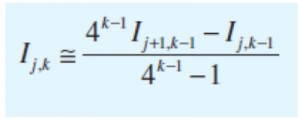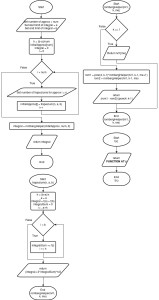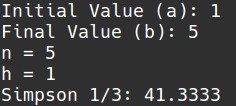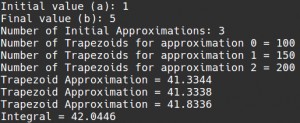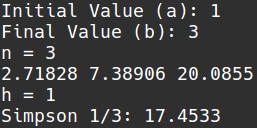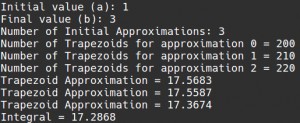--Originally published at That Class Blog
Well. What I’ve learned from this book, in fact, it’s stated from the start (I don’t remember at which point exactly, but I think it was in the beginning chapters); It’s that there isn’t a thing that causes problems and delays, there isn’t a specific thing that the book, the teacher or anybody else can tell you and warn you about at the moment when you become a software manager, or project owner, or developer.
Things just happen. A lot of them. At the start it’s just something simple, maybe something that no one thought that it could evolve to something else. Then another thing appears, now you notice but you don’t react immediately, and then another, and another, while the progress keeps getting slower and slower. And then the morale gets lower, and the performance too, and the client gets mad.
It’s a sad and stressful path. And there really isn’t something that you could know it will happen in every project. But you can try to prevent, everything, and make plans for every scenario if it comes to be, even if at the end the project goes very well.
And this is what the rest of the book is about. What is to really manage a software project and everything you can do when assuming such position. Either as a manager for the architects or a manager for the implementers, or general manager.
A basic concept for a good project to try to get to the end is communication. There is no chapter in the book where this capacity isn’t mentioned. It’s very important. At first level, there needs to be a very good communication between the architects and the implementers’ representatives. This is essential because the implementer will try to keep the architect from the skies and the architect can explain to the builders exactly what he wants. Then, problems will arise at the moment where an implementer has a doubt and doesn’t communicate it to an architect, and decides to just make assumptions. This only causes a slippery slope, where if this assumption causes a malfunction or a undesired quality of the project, a full redo must be done. Full communication should be present when talking to the clients, because after all, even if the architects are the ones who tell how they see the project, the client is the one who will have the final word. The don’t need to see the white box of things, only the black box, and if they don’t like it, everyone in the project is in problems.
Now, not every part of the communication has to verbal, in fact, it shouldn’t be. There is something important in writing things on paper. It will force the top-level architects, the implementers’ leaders and the implementers themselves to make micro-decisions at that moment. Sometimes just talking about it provides nothing useful (And if the person is like me, this happens a lot). Writing things out forces the author to state his ideas clearly. For the architects, it’s important to write on paper the specifications of the project. And those should take as many sheets of paper as necessary. Precision and lots of details are needed, even if the document becomes boring.
In the other hand, the main architect (Who is the main surgeon, as stated in the proposal for team organization in chapter 3) can’t deal with all the administrative work. Budgets, schedules, space allocation, and other organizational information should always be documented by the architect’s right hand. And why is this important? If most of the staff can work without knowing this information. Well, it’s important to not just tell on a daily basis what should the implementers do. They tend to feel more secure and have a better performance if they know the full work plan. Where are they working? How much time they have left? What is the course of action if some requirement isn’t meet on the schedule? It’s important the full staff is aware of all these questions and answers.
And finally, what should the base developer write? Like everyone else, everything. His doubts, his progress, the bugs he has found, the bugs he has solved and how were solved. This log will serve for the future because we can almost assume that those questions weren’t thought only by on developer, but by many of them, or almost everyone, especially if an architect hasn’t made a good job describing his design.
Who would have guessed that at the end, communication is the basis for a project not to fail, as it is to solve most or all of the problems in life? Always ask, never assume. Talk in the proper medium and style as corresponds to your position, talk with respect, but most importantly talk with precision and details. It will be easier for the other person to provide you with a solution to your problem, or answer your question.
Oh, and another thing I like a lot about the book is the proposal for team arrangement. Instead of having to deal with a lot of programmers that are currently working for the project (And them having to deal with each other, and a unique leader -you-), let’s have micro teams. Where each team will have a surgeon and a copilot, and they and only them will work directly with the code (In fact, the copilot can suggest changes and offers his opinion, but he doesn’t make any decision) and the rest of programmers can work on other things. There will be also a chief surgeon (Chief architect) who will coordinate with the rest of surgeons. This makes the work related to the chain of command easier. And also for each developer, because know their specific role in all the frame.
I must say that I was planning on giving an analysis per chapter, but time wasn’t enough. So I instead preferred to give this more general opinion of the book.
You can find some specific posts I did make here.
















